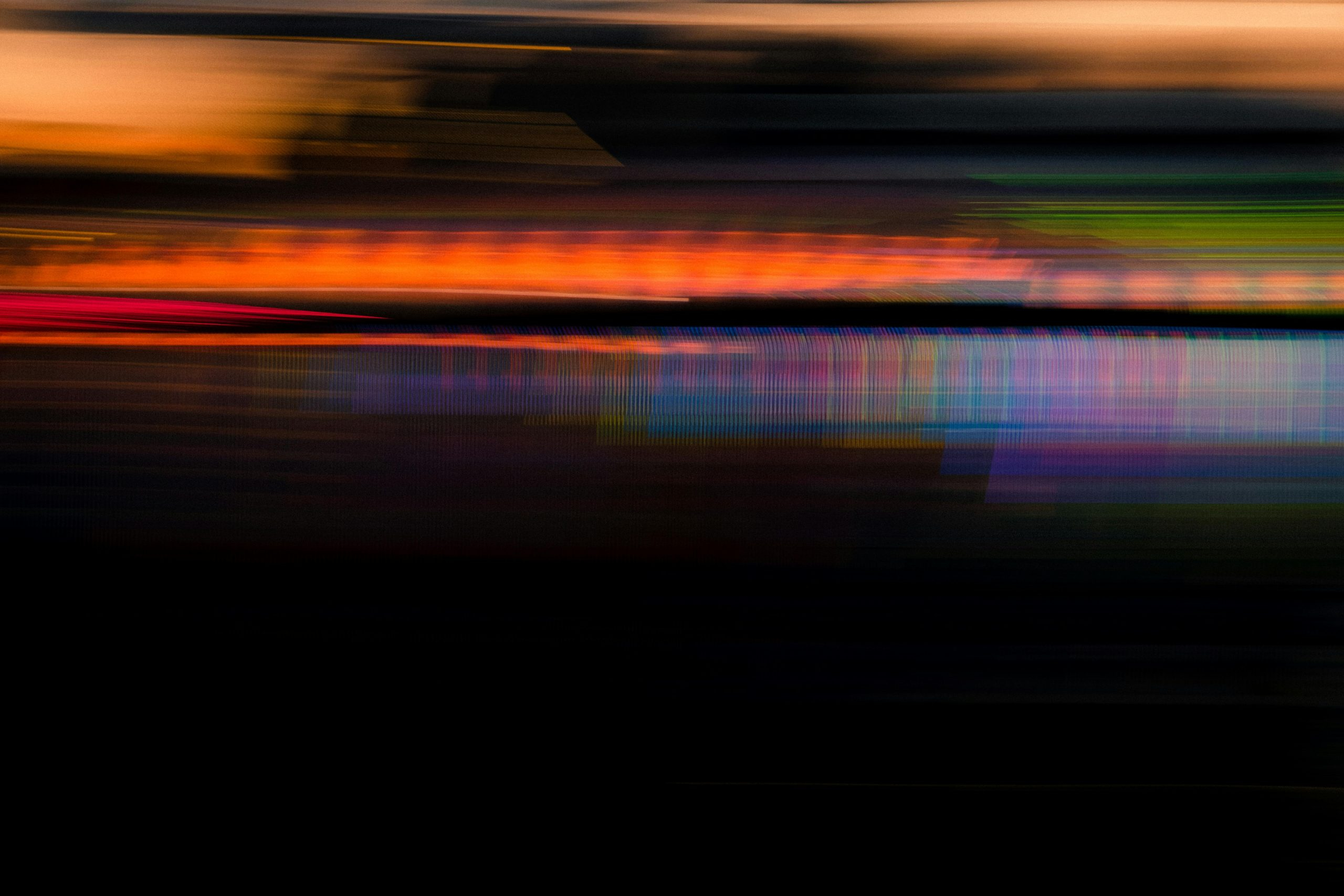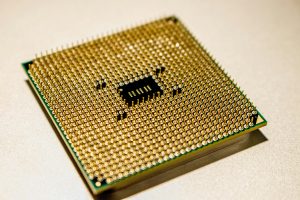Digital Art and Creativity in Schools
The landscape of education is rapidly changing as digital technology continues to evolve. Schools are now embracing digital art as a form of creativity and self-expression, empowering students to think outside of the traditional artistic box. This shift towards digital art in schools not only enhances student engagement, but also prepares them for the digital age we live in. In this article, we will explore the role of digital art in schools and its impact on creativity and learning.
Digital Art in Schools: Embracing Creativity
Traditionally, art has been seen as a standalone subject in schools, often reserved for those students who are naturally talented or passionate about the arts. However, with digital technology becoming more accessible and prevalent, the definition of art is expanding beyond the traditional mediums of paint and canvas. Digital art, which includes computer-generated art and animation, has opened up new possibilities for students to express their creativity in a more contemporary and dynamic way.
Digital art not only allows for a wider range of creative expression, but it also provides students with valuable skills that are highly sought after in today’s job market. With the rise of digital media, there is a growing demand for individuals with digital art skills in industries such as advertising, web design, and game development. By incorporating digital art into the curriculum, schools are preparing students for future career opportunities and equipping them with the necessary digital literacy skills.
The Impact on Creativity and Learning
Enhanced Student Engagement
One of the biggest advantages of incorporating digital art in schools is its ability to engage students on a deeper level. By using digital tools, students are able to create visually appealing and interactive artworks that reflect their personal interests and experiences. This allows them to connect with the material in a more meaningful way, fostering a sense of ownership and pride in their work. As a result, students become more motivated and enthusiastic about learning, leading to an increase in overall academic performance.
Breaking Traditional Barriers
Digital art also has the potential to break down traditional barriers in the art world. In traditional art, there are often predefined rules and techniques that students must follow, limiting their creativity and self-expression. With digital art, students have the freedom to experiment and explore different techniques and styles, allowing them to push the boundaries and think outside of the box. This not only encourages students to be more creative, but also challenges them to think critically and problem-solve in order to achieve their desired results.
Inclusivity and Accessibility
Digital art also promotes inclusivity and accessibility in the classroom. With digital tools, students with physical disabilities or learning difficulties can easily participate and engage in art projects without feeling limited. Furthermore, digital art can be accessed from anywhere with an internet connection, providing students with the opportunity to work on their projects outside of school and collaborate with classmates who may not be physically present.
The Future of Digital Art in Schools
As technology continues to evolve, so does the potential for digital art in schools. With the integration of virtual and augmented reality, students will be able to immerse themselves in their artwork and explore new dimensions of creativity. Additionally, the rise of artificial intelligence is bringing new possibilities for digital art, such as creating interactive and responsive artworks.
However, it’s important to note that while digital art offers many benefits, it should not replace traditional art forms in schools. Rather, it should be seen as a complementary tool that enhances student learning and creativity.
In conclusion, digital art is revolutionizing the way we think about art in schools. By embracing digital art, schools are not only preparing students for the future, but also fostering a sense of creativity, inclusivity, and engagement in the classroom. As technology continues to advance, it’s crucial for schools to adapt and incorporate digital art into their curriculum, providing students with the skills and opportunities to thrive in the digital age.










